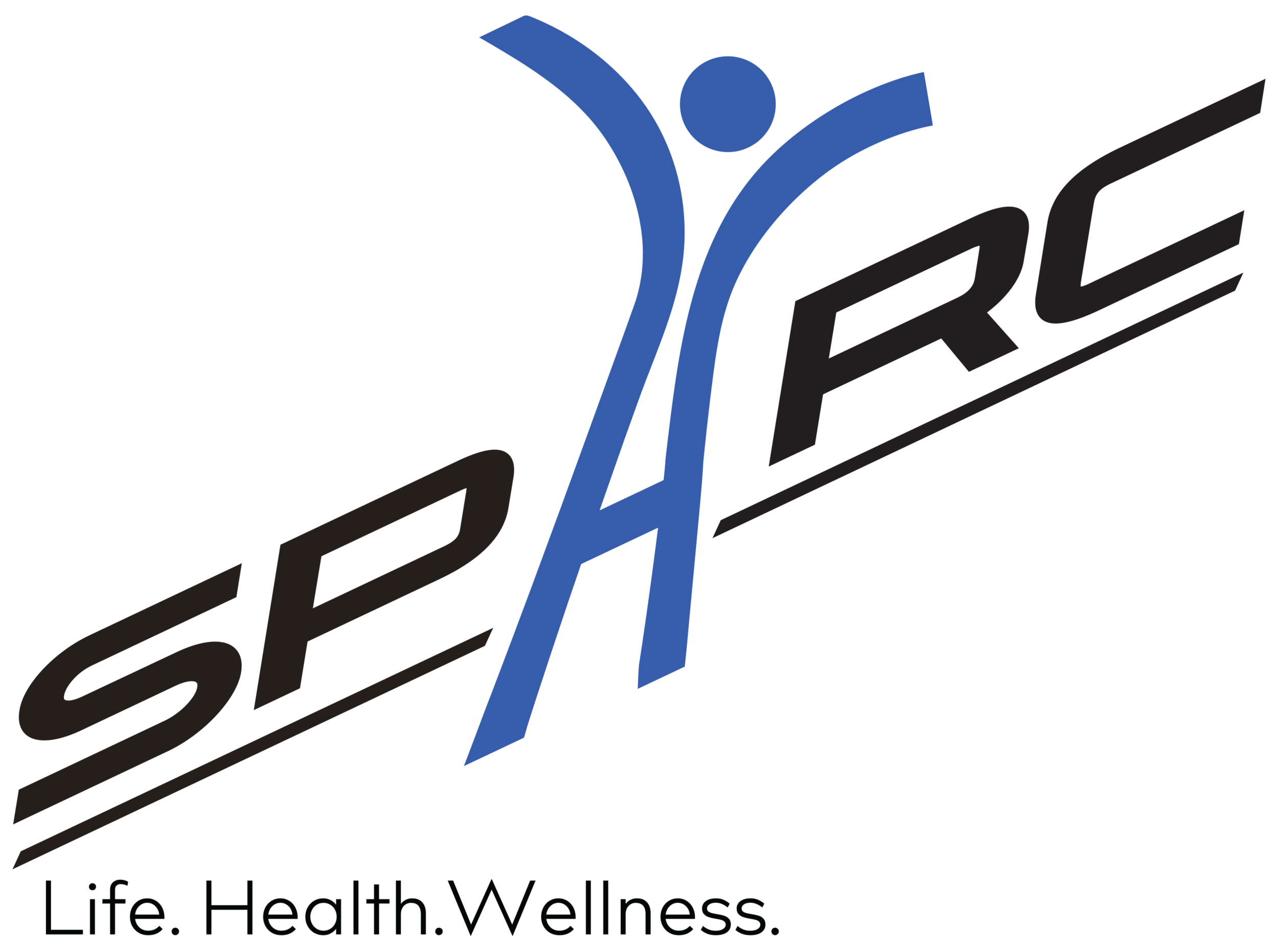How Can I Get More Flexible?
Flexibility has been long valued by our culture because of its physical benefits. Supple tissue and increased joint range of motion are beneficial to preventing and recovering from injury, increasing blood flow and physical function. However, the mainstream approach to getting better flexibility is completely outdated. Why?
Stretching and stretching won’t give you long term flexibility. That’s not to say that stretching is bad. Stretching is great for lengthening tissue and improving blood flow among other things. Have you known, or been, a person that no matter how much you stretched you still felt tight? People stretch their hamstrings every day and they still complain to me that their legs are tight. That’s because traditional stretching and tissue release work does not have a long term effect on our nervous system.
True flexibility and range of motion is controlled by our brain and nervous system. If the motor control part of your brain doesn’t think it’s a good idea for you to be flexible then no matter what you release or stretch you’re not going to improve. Sure, you may see short term improvements, but you will revert back to the status quo within a short period of time. Why does this happen?
Stability is your brain’s number one priority. Your brain is a pretty awesome because it’s always looking out for you. It wants to keep you moving on two legs and it will do whatever it can to make that happen. If you have weakness and instability somewhere in your body, then your brain will tell your nervous system to lock things up to make sure you don’t hurt yourself. For example, if your core is mashed potatoes and you’ve got very little of your musculature supporting your spine, would your brain think it’s a good idea for you to have the hip mobility of Bruce Lee? No way. It knows that with that kind of flexibility you’re probably going to harm yourself. So, how can you get long lasting flexibility?
Convince your brain that your body is safe and stable. That can be accomplished through a variety of ways. Generally, having the musculature of your core active and strong will open up more range for you. Your brain also feels safer on the ground because there’s no risk of falling and there’s more support. So, ground based exercises that activate the core is a fantastic idea. Additionally, instead of static stretching that just pulls on your tissue, aim for exercises that actively use your existing range of motion. There are many different exercise programs that use slow, mindful movements to improve your flexibility. When you become more efficient at using the range of motion you already have, your nervous system will feel comfortable giving you more to use.
Aimlessly stretching, foam rolling and mashing your tissues will not give you the flexibility you desire. Stretching and foam rolling can be great tools but understand range of motion is given to you by your brain. Your brain has been working hard your whole life to keep you upright. Give it a little love back by improving your strength and stability and you might just be surprised by the results!
